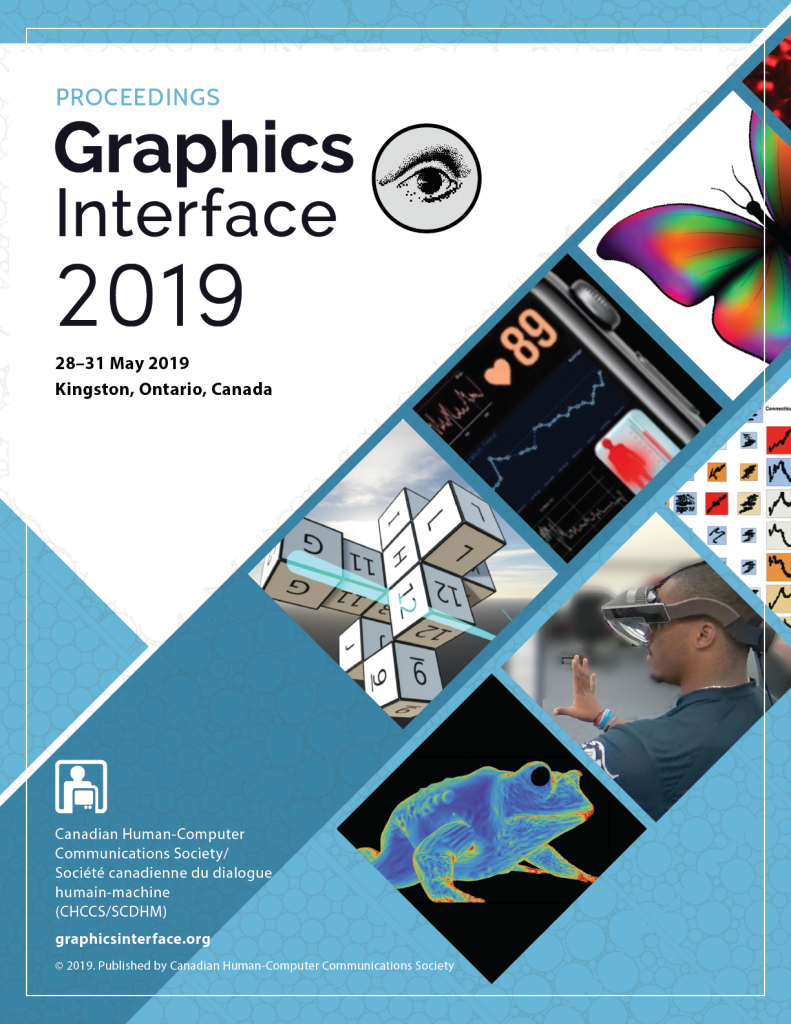BibTex
@inproceedings{Taranta:2019:10.20380/GI2019.27,
author = {Taranta, Eugene M. and Koh, Seng Lee and Williamson, Brian M. and Pfeil, Kevin P. and Pittman, Corey R. and LaViola, Joseph J.},
title = {Pitch Pipe: An Automatic Low-pass Filter Calibration Technique for Pointing Tasks},
booktitle = {Proceedings of Graphics Interface 2019},
series = {GI 2019},
year = {2019},
issn = {0713-5424},
isbn = {978-0-9947868-4-5},
location = {Kingston, Ontario},
numpages = {8},
doi = {10.20380/GI2019.27},
publisher = {Canadian Information Processing Society},
}
Abstract
Practitioners use low-pass filters to improve the quality of noisy input device signals whose optimal parameters depend on applicationspecific precision and latency requirements, as well as situational human and environmental factors. Two common calibration approaches are to learn optimal filter parameters from training data, or interactively tune via trial and error until satisfaction ensues, both having major drawbacks. We propose a novel, automatic custom calibration technique for pointing tasks called Pitch Pipe that in three straightforward steps is able to determine appropriate parameters for a given filter, and is therefore suitable for deployment into unknown environments. Specifically, we estimate noise and user speed, and then select those parameters that best meet system requirements. In a widely deployed Fitts’ task user study, we show that Pitch Pipe-tuned filters perform on par with their manually calibrated counterparts, demonstrating that one may use our automatic approach for custom calibration.





















































